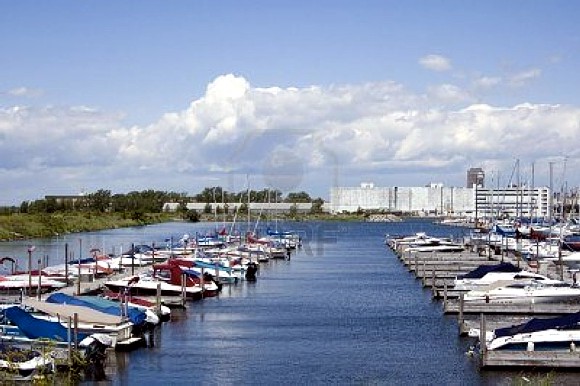The ongoing international peanut product recalls resulting from Salmonella found in the Portales, New Mexico peanut processing plant of Sunland Inc. has now reached 240 products from brands including: American Choice, Archer Farms, Arrowhead Mills, Cadia, Dogsbutter, Earth Balance, Harry & David, heinen’s, Joseph’s, Valencia, Natural Value, Open Nature, Peanut Power, Serious Food, Sprout’s, Sun Harvest, Sunland Natural, Trader Joe’s, and Tropical Traditions.
 Image courtesy of flutnut.com.
Image courtesy of flutnut.com.
Retailers that have been affected include Starbucks, and others, including: Trader Joe’s, Whole Foods, Walmart, Kroeger, Target, and Costco.
A wide number of people have reported becoming ill from the Salomella since the U.S. Centers For Disease Control and Prevention began tracking the outbreak late last month.
At the most recent count, the CDC says that 38 people have become ill with the outbreak strain Salmonella Bredeney across 20 states – Arizona, California, Connecticut, Illinois, Louisiana, Massachusetts, Maryland, Michigan, Minnesota, Missouri, Nevada, New Jersey, New Mexico, New York, North Carolina, Pennsylvania, Rhode Island, Texas, Virginia, and Washington.
As of today, Oct.24, 2012, the CDC has broken down the demographics of the people who have gotten ill, finding the ages ranging from one to 79 years old, with 66 percent being children under 10 years old, and also 62 percent being male. So far 10 people have been hospitalized. No deaths have been reported so far.
The U.S. Food and Drug Administration explains that Salmonella is “an organism can cause serious and sometimes fatal infections in young children, frail or elderly people, and those with weakened immune systems.”
“Healthy people infected with Salmonella often experience fever, diarrhea (which may be bloody), nausea, vomiting, and abdominal pain. In rare circumstances, infection with Salmonella can result in the organism getting into the bloodstream and producing more severe illnesses such as arterial infections, endocarditis (an inflammation of the inside lining of the heart), and arthritis,” adds the FDA.
The FDA further explains that, “The illness usually lasts four to seven days, and most people recover without treatment. However, in some cases, the diarrhea may be so severe that the patient requires hospitalization. Older adults, infants, and those with impaired immune systems are more likely to have severe illnesses from Salmonella infections.”
The outbreak was first discovered from testing conducted by the Washington State Department of Agriculture laboratory that isolated the Salmonella strain from an open jar of Trader Joe’s Valencia Creamy Salted Peanut Butter (sku 97111) from a case-patient’s home.
Click to read more ...
 December 14, 2012
December 14, 2012  Kyriaki (Sandy) Venetis
Kyriaki (Sandy) Venetis  A small boat harbor on Lake Erie in Buffalo, NY. Stock photo from 123rf.com.
A small boat harbor on Lake Erie in Buffalo, NY. Stock photo from 123rf.com.



